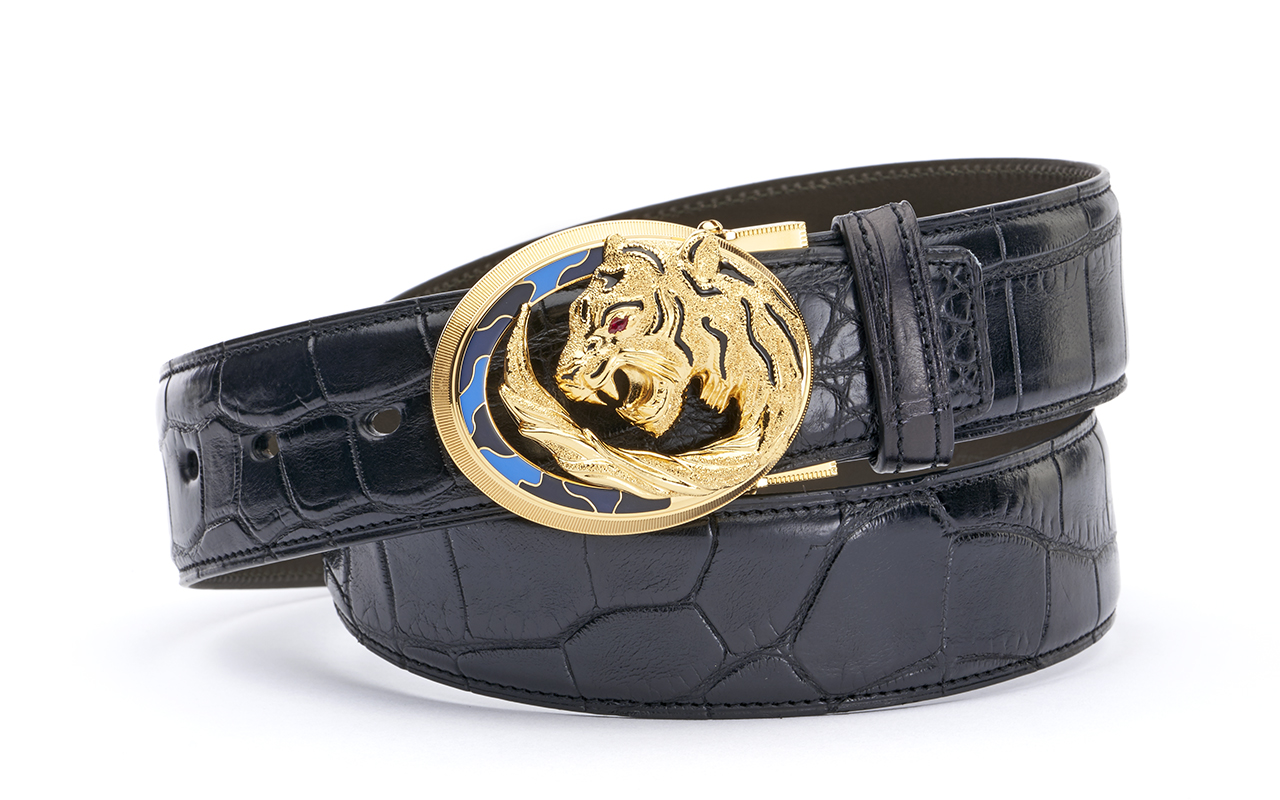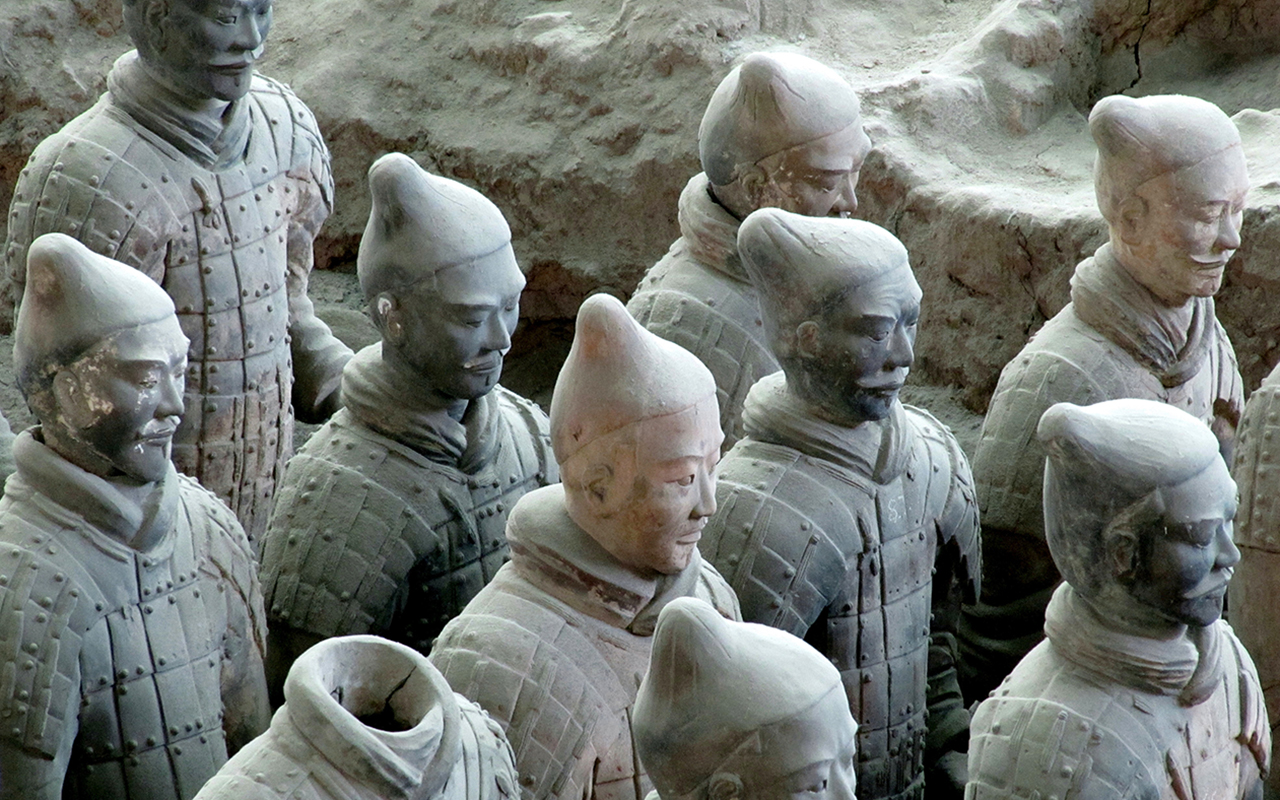Discovering an ancient world of extraordinary charm.
The Silk Road is an unforgettable journey to the heart of ancient China. This is one of the many mysteries of the most harmless army in the world: that of Terracotta.
The Silk Road continues to inspire a romantic concept of unexplored lands and wild nature, but refined beauty. Today, like then, the Silk Road is a route full of contrasts: from the delicate colours of fabric and porcelain, to the intense scents of the spices, from a dry nature like the Gobi desert to the majesty of the mountains that surround it.
We will take you to discover one of the most unique itineraries through ancient China, also known as the “Eighth Wonder”, not to mention being a UNESCO World Heritage Site, namely the Terracotta Army.
It all began in 1974, where some farmers digging a well found the remains of terracotta statues. This was the beginning of the first archaeological digs which, in just a few years, led to the discover of about 8,000 life-size statues. This was a sensational and highly valuable discovery for the history of Chinese civilization, because they were a testament of technology, military life and culture at the time of the Qin Empire (221-206 B.C.), for which there were confused testaments.
The construction of the Terracotta Army began in 246 B.C., when Qin Shi Huang assumed power. When he died in 206 BC, the mausoleum was ready to accommodate the body of the First Emperor and the reproductions of his soldiers and horses, outfitted for war, were annexed. The statues are made of clay, fired in kilns and then completed and coloured by hand.
The poses appear natural. It seems like you are standing before a real army ready for battle. What is surprising is the extraordinary craftsmanship. Each warrior has his own body structure with different somatic traits, as well as different hairstyles, armour, footwear and weapons. You’ll never find two identical faces.
The Terracotta Army is just one part of the Qin Shi Huang mausoleum, which covers an area of about 56 square kilometres: most of the tomb complex is still unexplored. Nevertheless, scholars are convinced that there is much more to discover.
One of the many mysteries surrounding these works is its preservation. Numerous studies on the chemical composition have found that a lacquer patina was used before the enamelling, both on the warriors and on the bamboo materials of the handles and the weapon sheaths.
The application technique to obtain a perfect result is delicate and very slow. When you consider that on certain deep incisions, 200 to 300 coats of lacquer were applied, it is easy to imagine why this art has remained an exclusivity of oriental patience.
To pay tribute to Chinese craftsmen, the Maison Tardini proposes a completely new version of the Royal Tiger decorating it with three shades of blue enamel using the cloisonné technique, giving the buckle more gloss and resistance as tradition dictates.





